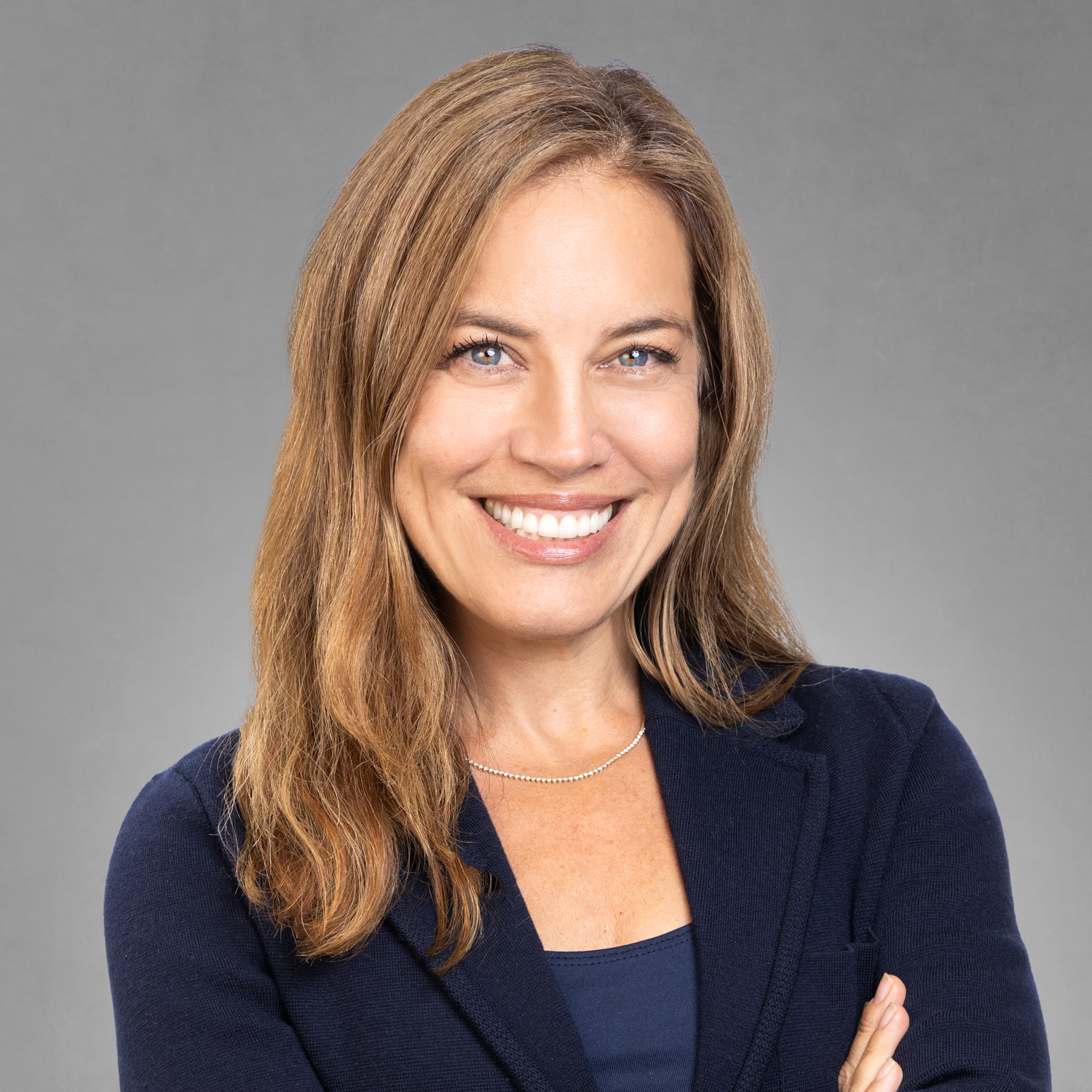Community Events

June 23, 2021
Environmental Stewardship in Steel Critical: Schmitt
Written by David Schollaert
Encouraging the market to use better steel, and use steel better, along with being a leader in fossil-free steel production, is SSAB’s broader goal, said SSAB Americas President Charles Schmitt, during Wednesday’s SMU Community Chat webinar. SSAB Americas is the largest supplier of heavy steel plate in North America.
Steel consumption has doubled since 2000, and although 2020 will be an outlier due to COVID-19, growth in steel demand is not letting up. As the marketplace rebounds, driving urbanization and infrastructure, the increased demand will command more resources and commodities, Schmitt remarked. “The required added production will inevitably place strain on the environment and material choices.”
Steel serves the critical needs of agriculture, energy, transportation and infrastructure, and its environmental benefits cannot be understated, Schmitt said. Steel is the most circular material in the world as it is completely recyclable without loss in quality. Recycling steel scrap is not enough, however, as the market will still need an estimated 50% of iron-ore-based production by 2050. To that end, SSAB has set ambitious goals to reduce its carbon footprint and plans to be the first to offer fossil-free steels. SSAB’s HYBRIT joint venture with LKAB and Vattenfall announced earlier this week that it has successfully processed the first hydrogen-produced sponge iron at its pilot plant in Sweden. The direct reduction facility, which uses hydrogen instead of coke as the primary reductant to produce the iron, is a technological breakthrough in steelmaking that could eventually eliminate 90% of SSAB’s CO2 emissions and is a decisive step towards fossil-free steel production, Schmitt said.
Schmitt confirmed that HYBRIT has produced its first 100 metric tons of hydrogen-based sponge iron. The next step is to introduce the product into SSAB’s steelmaking process in the coming year.
SSAB is among electric-arc furnace producers in the U.S. that are already 75% more carbon efficient than global producers that predominantly use blast furnaces. “Technology-backed environmental leadership has always been a part of our vision,” said Schmitt. “SSAB is part of the EAF community, but is also actively working to eliminate emissions related to fossil fuels by becoming more energy efficient and seeking alternative fuel and energy sources.”
He pointed to SSAB’s plate mill in Montpelier, Iowa, which is now more than 83% powered by renewable generation—primarily wind energy from its partnership with MidAmerican Energy—with the ambition to be in the mid-90% range by 2022.
SSAB claims its emissions intensity (both scope 1 and scope 2) is 66% lower than the global average for every metric ton of steel produced, while direct greenhouse gas (GHG) emissions are 58% lower than the U.S. industry average for every metric ton of steel produced.
The conversation naturally shifted to prices, supply and demand. Schmitt declined to comment on if there will be a premium for green steel, but noted there are clear synergies with environmentally friendly downstream markets such as electric vehicles, wind towers and some construction products. “The sustainability message and corporate responsibility have a great deal of momentum,” he said.
Schmitt is bullish on the current prospects for conventional plate products. Other traditional plate markets such as oil and gas have been lagging, but rising oil prices could prompt a rebound for products such as pipe and storage tanks. Offshore wind towers now in the works could attract new investment.
When queried on the Section 232 tariffs and steel allocation, he said “it’s all about free trade and limiting global overcapacity,” noting that the EU extended its safeguard measure for another three years. “It’s a global issue that needs to be resolved by global solutions. Section 232 was a temporary solution, but the massive amount of overcapacity is an issue. Whether it be in Europe or North America, there need to be trade rules to address overcapacity.”
Asked about the pending infrastructure legislation being debated in Washington and its potential for increased steel demand, Schmitt said that SSAB is quite optimistic an infrastructure bill will be delivered. “It is a very much welcomed investment by the government and our industry and SSAB supports it.”
By David Schollaert, David@SteelMarketUpdate.com





